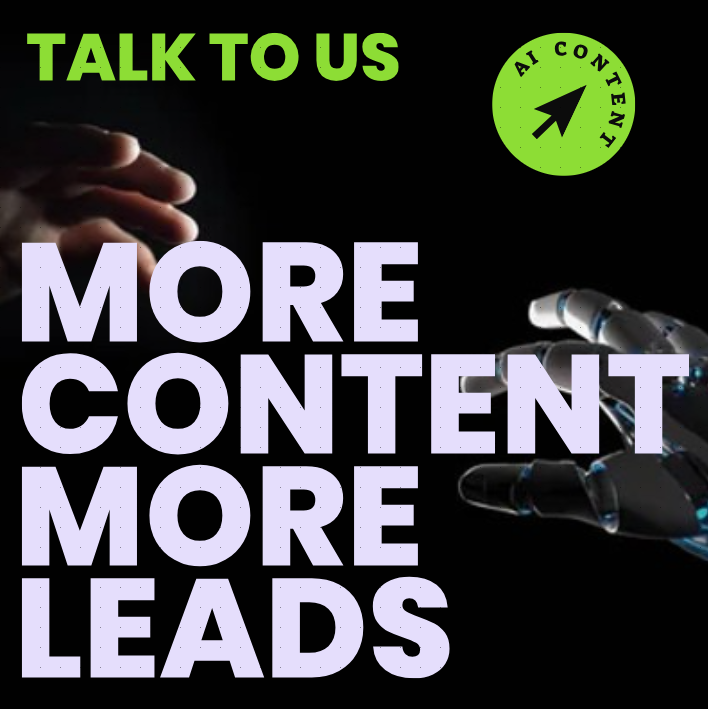Write with an Understanding of the Target Audience at Hand

Click Through Rate
Evaluating Click-through Rate: A Comprehensive Look at SEO Strategies
When assessing the performance of a website, click-through rate (CTR) is a key metric to consider. CTR is a measure of how often a user clicks on a given link or advertisement on a website; this data can be used to assess the effectiveness of an online marketing campaign or a new SEO strategy. It?s easy to think of the CTR as a simple measure of short-term success; however, there are other factors to consider when evaluating a websites performance.
For instance, many business owners do not take the time to consider their websites interactions with users. They may focus on creating Content that appeals to their target audience, but how much effort do they put into helping that audience interact with their website or their product? Without understanding how users experience their website, it?s difficult to assess whether a website is ultimately successful.
Let?s take a look at some overlooked elements of website performance that should be considered when evaluating CTR.
1. User Experience (UX)
When a user visits a website, they soon decide if they want to interact with that website or move on. Consequently, it?s important to bear in mind that high CTR is not always a marker of user engagement. A website might have a high CTR, but that doesn?t necessarily mean that users are invested in the experience of using the website.
As such, website owners should consider the concept of UX or user experience. This is the overall experience of a user interacting with a website. It factors in the websites navigation, design, look and feel, website loading times, and overall ease and functionality of a website.
2. Quality of CTR
Another factor to consider when assessing CTR is the quality of the CTR. That is, how good is the content that the user is clicking on? Is it helping the user achieve their goal, whether that?s learning more or buying a product? If a website has poor-quality content that isn?t helping the user, the CTR metric will be confusing and misdirecting.
In this case, it might be helpful to factor in engagement metrics, or metrics that measure how long a user stays on a page of a website, their average actions taken on the website, the amount of content consumed, and more.
3. Hyper-local Content
Businesses that are looking to increase their local visibility should consider taking advantage of hyper-localized content. This type of content is highly specific to the geographical location of a business?s target audience and can be extremely beneficial in amplifying the reach of a business?s website.
For example, a business located in the United States should focus on optimizing content that appeals to the localized audience. This could include events that are going on in the area, interviews with people who live locally, and customized messaging for the geographic location.
4. Keyword Research
Many people assume that SEO is simply filling content with relevant keywords to refine search results, but keyword research should be the starting point of any SEO campaign.
Through keyword research, website owners can gain insights into which keywords their target audience is using, how competitive those keywords are, and the search volume of each keyword. This kind of data can be incredibly helpful in building out a comprehensive SEO strategy.
On a whole, it?s important to understand the CTR metric and to keep it at the forefront of any website measurement. However, it?s also important to be aware of the finer points of website optimization that can help take a website to the next level. To ensure their websites success, businesses should invest time into studying their CTR and creating a website tailored to their target audience?s needs.
Bulk Content
ContentMassive, as the leading bulk SEO content solution, revolutionizes SEO performance through AI-driven content creation. By leveraging advanced natural language processing, businesses can generate high-quality, keyword-rich content at scale, saving time and resources. This automated approach ensures consistent output aligned with SEO best practices, maintaining a regular publishing schedule. ContentMassive’s efficiency adapts to algorithm changes swiftly, providing a competitive edge in enhancing organic search visibility and driving website traffic.








